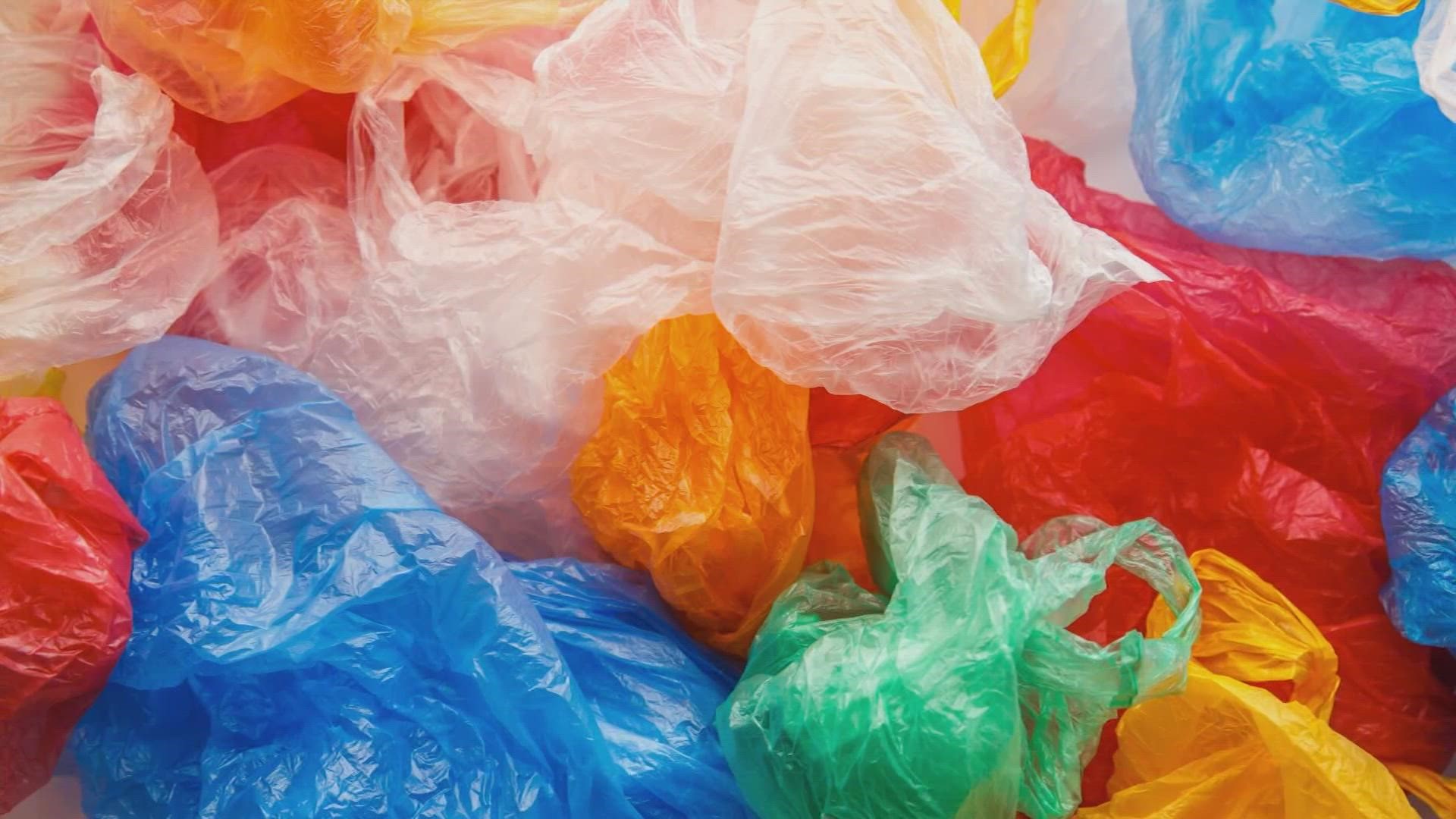The Environmental Protection Agency (EPA) estimates that Americans create almost 300 million tons of garbage per year.
Even though a lot gets recycled, experts say many of us are doing it wrong, especially when it comes to plastic.
Our Verify sources are the EPA, a 2020 study by Greenpeace, and Alison Faller, an Outreach Specialist from W.M., the largest waste management company in the US.
The EPA says the amount of plastic Americans recycle annually equates to removing 890,000 cars from the road in a single year. That sounds like a lot, but compared to paper and cardboard, it's a drop in the bucket.
Paper products make up 66% of all recycled material in the US. Why isn't more plastic recycled? It's complicated, but as a general rule, plastic bags and plastic wraps cannot be recycled curbside, because they don’t break down easily.
“Clear plastic, like jugs, jars, bottles, tubs - those are recyclable," Faller said. “Whereas, those bags can get tangled up in the sorting wheels in the recycling facility and cause hazards [for the workers].”
Bags (and holiday string lights) also gummy up the entire system, slowing the process for all items while they're painstakingly separated from the machines -- like separating gum from a child's hair.
Another myth: that those three Mobius arrows forming a triangle mean the item is recyclable. The number inside is actually a “resin identification code” – indicating what type of plastic it is. Generally speaking - only #1 and #2 go in the blue bin.
So even though shower curtains and swingsets are predominantly plastic, it doesn't mean (in most cities) that you can recycle it curbside.
From holiday wrapping paper to those crinkly potato chip bags to light bulbs to batteries, plenty of items that might seem easy to recycle, actually aren’t.
We can verify, when it comes to plastic, not all can be recycled.

